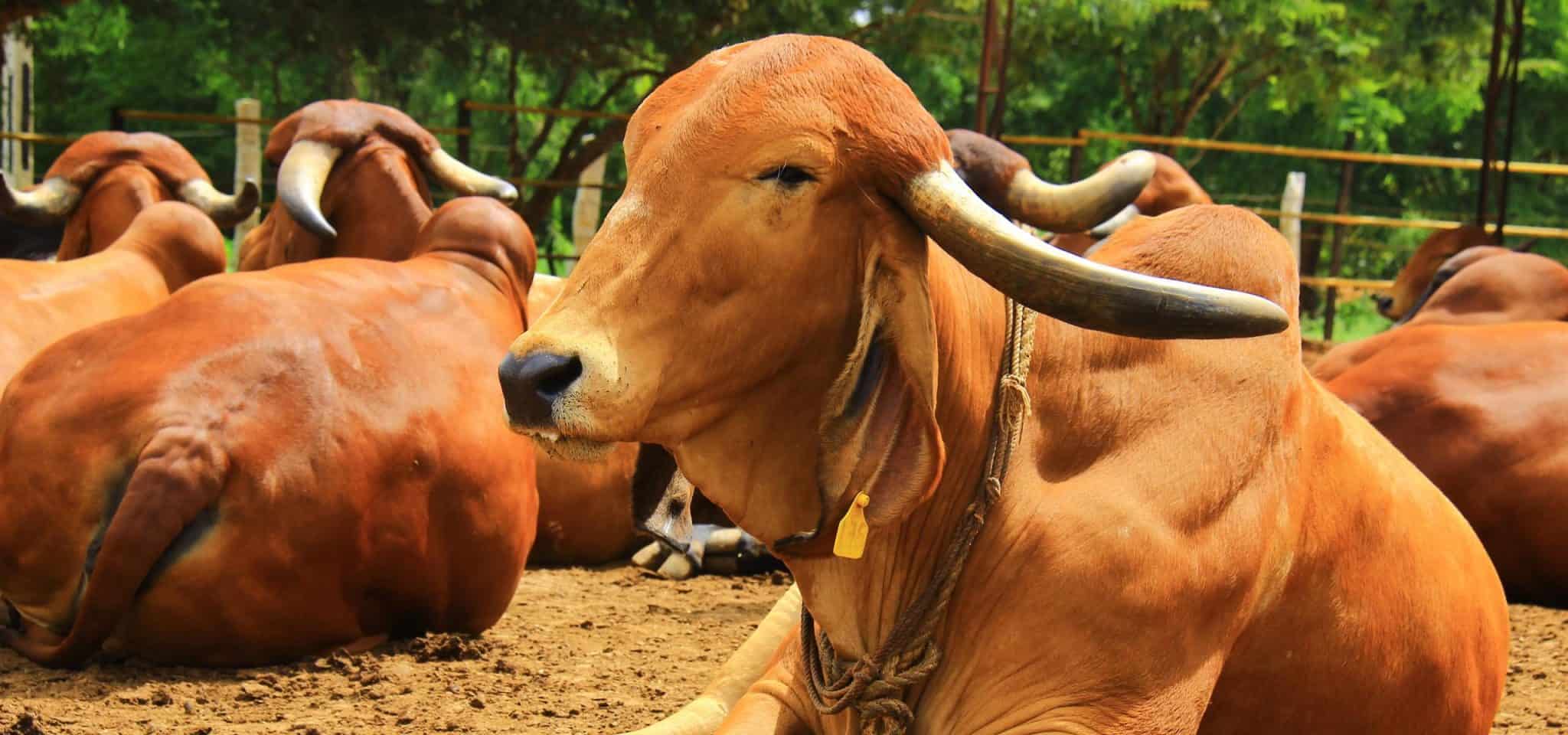
Steps to Improve Dairy Herd Performance
Herd Management is time management, food and water management and people management. When systems are put in place and Standard Operating Procedures (SOP’s) practiced, a herd or for that matter any business will flourish. Any change in temperature, feed and people affects the animals more than anything. All beings, including animals are creatures of routine and habit and it helps by not deviating from the routine.
Below are the set of first 5 tips that can help dairy farmers manage their herds better increase production.
India’s population is increasing much faster than the demand for milk and milk products. It is important that farmers manage their herds better and produce enough, quality milk, by using new technologies for breeding, feeding and management.
Dairy farmers are always looking for ways to improve production from the animals and the profitability of the farm. Many times a new technology is to be adopted, but most times improvements in production can be made by observing the basic rules of good cow care and management. As farmers or farm managers go about their daily tasks, they often overlook the most basic issues that have a definitive impact on the herd.
1. Forage Quality:
The key to a good nutrition program is to have good forage. Forages provide the material needed for good rumination in the cow, and rumination is what provides the buffers to keep a balanced pH in the rumen. Low-quality forage reduces intake, leads to sub clinical acidosis, and lameness in the herd. The dairy farmer’s first priority must be to either produce or purchase high-quality forages. Most of the farmers depend on more or dry fodder, which may be good fillers, but do not provide the necessary nutrients needed to produce milk or maintain the animal.
2. Consistency in the Feeding Program:
It is important that cows be fed the same feeds every day at the same time. A cow likes to eat multiple times throughout the day so it is vital she have access to feeds 24 hours a day. Ensure that the feed is mixed the same way each day, with correct particle size, and the proper moisture level that will encourage feed intake. It is also important to look at the manure as well as the left over feed in the manger (feed bunk). A monitoring system for nutrition is important and changes in the feed are inevitable, but must be planned and made slowly so as the animals get adjusted to the change in feed ingredient. An immediate change is likely to bring a drop in milk production or cause other problems.
3. Comfortable Cows Make More Milk:
Cow comfort means the cows should have a resting place that is clean and dry. It also means they should have walking areas that provide good footing and are comfortable for the cows to walk on. It also means that cows should be kept COOL. High temperatures, high humidity and a stall that is not well designed create stress for the cow. Stress reduces feed consumption that will impact milk production. Make sure your entire facility is cow friendly. Puddles on water. dung heaps or hard floors all cause stress. In hot temperatures, soakers/misters with fans are utilized. In high humidity areas, moving air faster would be a better option.
4. Feed and Water accessibility 24X7 is the key:
Cows eat and drink very often, hence it is important that feed and water are always available. Time out of the feeding area should be limited to 1 hour or less. Cows like to eat less at each meal and then ruminate between meals. It is important to observe the resting cow
s and determine how many are chewing their cuds. Ensure the feed bunk (manger) is correctly constructed and that cows are comfortable while at the bunk. Provide adequate amounts of water and adequate facilities so cows can have access to water (24X7). Animals are creatures of habit, would drink water if it is provided at long intervals and will wait for the next round of water cycle, which is not desirable, hence 24X7 clean water must be made available to the cows.
5. A dry cow management program and transition ration:
The dry period is very important and should not be neglected. During the dry period, dry cows are segregated from lactating cows and a ration of high fiber, low protein and energy be fed. Avoid letting cows get too much body fat! Three weeks before the expected calving date, a transition ration must be made available. Transition ration is very similar to the lactating ration. It is also important to keep the dry cows in very clean sanitary housing to reduce the risk of infections after calving.
DR. RAJESH KUMAR SINGH,
Jamshedpur, Jharkhand, India.
rajeshsinghvet@gmail.com
9431309542
Mr. Lindell Whitelock
Technical Consultant
World Wide Sires, USA
